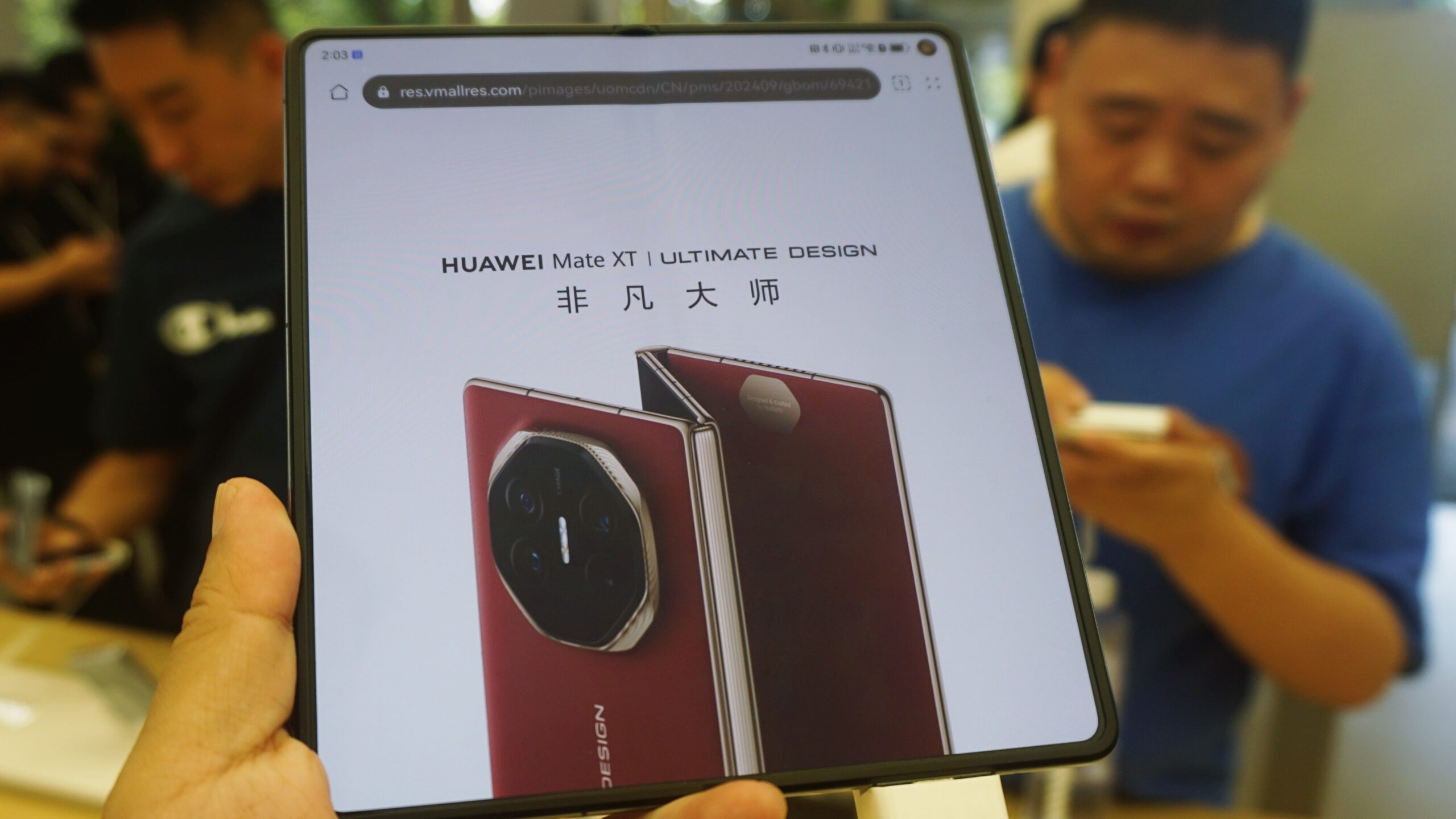China’s foldable smartphone market is losing momentum in shipment growth, according to Counterpoint Research. While the country is projected to account for over half of global foldable handset shipments in 2024, its domestic shipment growth this year is expected to slow significantly, reaching just 9.1 million units—a modest 2% increase from 2023. This contrasts sharply with the triple-digit growth seen in prior years, including a remarkable 103% rise in 2023 and 442% in 2020.
The slowdown reflects a global decline in demand for foldable smartphones. Counterpoint reported a 1% year-on-year drop in global foldable shipments for the third quarter of 2024, marking the segment’s first decline in that period after six consecutive quarters of growth. Analysts attributed this downturn partly to the underwhelming performance of Samsung Electronics’ Galaxy Z Flip 6 and Fold 6 models.
Counterpoint senior analyst Jene Park described the foldable smartphone segment as being in a “transitionary phase,” where it faces hurdles transitioning from a niche to a mainstream market. Park emphasized that overcoming this phase requires manufacturers to address pricing, enhance technology reliability, and improve consumer perceptions. The report added that offering innovative and compelling use cases could attract a broader audience.
Despite the challenges, China’s foldable smartphone market remains a bright spot in its otherwise saturated mobile industry. Huawei Technologies, the leading foldable smartphone vendor in China, accounted for nearly half of all domestic shipments. In September, Huawei introduced the Mate XT, the world’s first trifold smartphone, and followed it with the Mate X6 in November. Both models are expected to strengthen Huawei’s dominant position.
Huawei’s performance in the third quarter highlights its strong foothold in the premium segment. The company shipped 1.12 million foldable units domestically, a 97% increase year-on-year, and captured 85% of the high-end foldable handset market—models priced above 10,000 yuan (US$1,370)—according to CINNO Research.
While growth has tempered, analysts suggest the segment has potential for resurgence if manufacturers address affordability and usability concerns.










